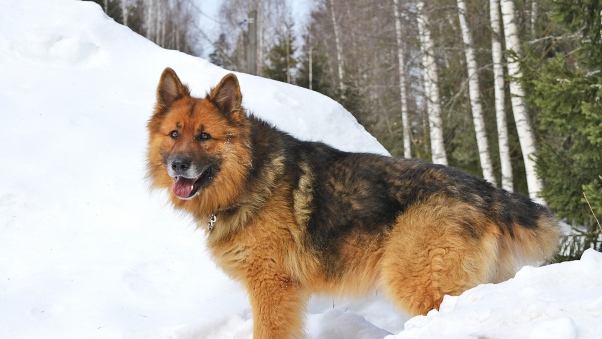Myth #1: Don’t let your dog walk in front of you. If your pet is walking ahead of you (and pulling the leash), he/she is dominating you.
⠀
Fact: Dogs can pull the leash for a variety of reasons: a wish to play, to explore, to communicate.
⠀
It can be learnt behavior that has been reinforced.
⠀
Your dog might be trying to avoid something scary.
⠀
Maybe you haven’t taught your pet to walk on a leash. It’s an issue of training, not dominance.
⠀
Myth #2: A tired dog = a good dog.
⠀
Fact: You should ensure enough physical activity for your pup.
⠀
However, activities should be fitted to your dog’s breed, age and health.
⠀
Physical activity won’t relieve boredom, won’t “cure” aggression or phobias. There are many examples of physically developed dogs that still struggle with aggression.
⠀
Myth #3: Enter the door before your dog.
⠀
Fact: A dog needs to be taught to go through doors when asked. A door is one human invention that is generally not too understandable for our dogs.
⠀
It’s a question of training and safety.
⠀
Myth #4: Eat before feeding your dog, this demonstrates your “pack leader” status.
⠀
Fact: Dogs are fed by humans, and they simply can’t eat before it happens. It doesn’t matter who’s eating first.
⠀
Myth #5: Don’t allow your dog to jump on your bed. If you let him/her climb higher, your own status in your dog’s eyes will lower.
⠀
Fact: Neither dogs, nor wolves use elevated surfaces to demonstrate their social status.
⠀
Only your preference matters: do you want your dog to sleep on your bed or couch? Is it safe? Would you be okay with it?
⠀
This is a personal decision and it doesn’t have anything to do with hierarchy.
⠀
Myth #6: When looking into your dog’s eyes, he/she should look away first.
⠀
Fact: Dogs demonstrate subordination or fear by looking away. Domestic dogs have learnt to look into their humans’ eyes, but it has nothing to do with aggressive intentions or dominance.
⠀
If it’s a soft, tender gaze, both the dog and the human will produce the attachment hormone – oxytocin.
⠀
Dogs can also be taught to look you in the face on command. Train your pet to do that in order to get his/her attention when needed.

